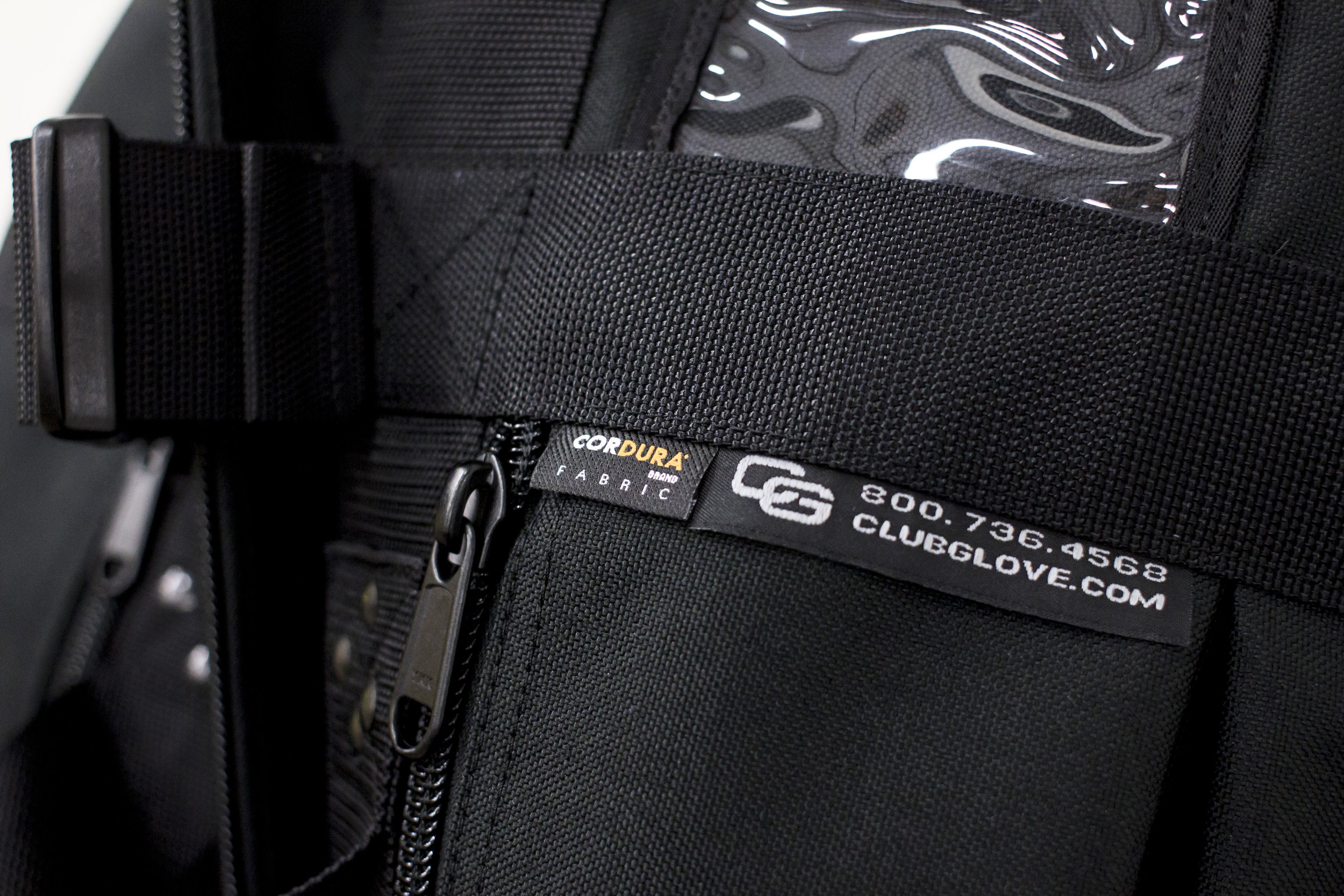Golf.
One of western society’s oldest and most prestigious games. And while its clubs, courses, and celebrity personas have stolen most of the limelight throughout its history, we bet there’s more than a few interesting facts about its bags you might have missed:
1. The origins of “caddy”
We all know that caddies are those well dressed sidekicks whose job is to lug around golf bags, give insightful advice or provide the occasional refuge of moral support. But what most people don’t know is that “caddy” stems from the Scottish word, “cadet.” With the rise of golf’s popularity in the UK during the 1600s, it was Mary, Queen of Scots, who coined the term, by assigning her students, who were referred to as “cadets”, to carry her clubs while she played. The name stuck, and over time “cadet” morphed into the modern-day designation of “caddie” (in the UK) or “caddy” (as we like to spell it here in America).
2. The rise of golf bags
For the first 600 years of golf’s history, players carried clubs with a rope or cord. It wasn’t until the late 19th century that people finally had the bright idea to start using bags. What gave rise to this innovation? Strangely enough, it was due to an update in the design of the golf ball. Golf balls, which had previously been expensive leather spheres stuffed with bird feathers, were altered for mass production, upgrading their interior plumage for rubber cores and a Balata tree sap shell. The new balls, called gutties, necessitated changes in the clubs, leading to a greater use of irons in addition to woods. This increased quiver of clubs was difficult to transport with a rope and, voilà, the golf bag was invented.
3. One club too many
Most golfers worth their weight in grass knows about the infamous Rule 4-4, which limits the number of clubs in a player’s bag to 14. PGA player Ian Woosnam even received a two-shot penalty during the 2001 British Open when his caddie forgot about two extra drivers in his bag. What most players don’t know, however is that up until WWII a player’s club count was never a problem. Up until the war, “professional” golf games varied in length, and players' golfs bags were actually pretty small. Measuring in at less than 35 inches tall and with a tiny opening that was only 4.4 inches in diameter, bags that could only hold a few clubs were the norm. In part this is because the bags were constructed of canvas, leather, and metal, making them incredibly heavy.
With the event of WWII and more advanced manufacturing materials such as Cordura® fabrics and lightweight metals, the bag was able to grow in size and a number of clubs it carried, necessitating the need for the PGA to mandate today’s 14 club limit.
4. The golf bag identity crisis
Yes, even inanimate objects such as a golf bag must sometimes wonder “what am I good for?” With the advent of the golf cart in 1956, the golf bag’s popularity diminished, as the new mode of transport made it much easier and faster to play a round of nine. The golf bag’s answer to this existential crisis was to reinvent itself with improved carrying straps, pockets, plastics, polymers, metal compounds, tripods, and wheels. Creators even molded the bottoms of bags to make them easier to store in golf carts — thus reviving the bag's utility and necessity.
5. Obscure Bag Etiquette
With golf containing so many obscure rules, such as the proper way to deal with a lost club on the green, it’s no wonder the etiquette for golf bags is sometimes overlooked. But to be sure, there’s a tacit list of dos and don’ts when it comes having good and bad manners:
- If you’re a right-handed golfer, then carry your clubs over your left shoulder so you don’t put any unnecessary strain on your driving arm.
- Carrying a golf bag can sometimes get tiring but never—we repeat NEVER— throw your bag on the ground when you’re carrying your own clubs. It makes noise, can ruin the grass, and just straight up looks sloppy.
- Don’t walk across the greens with your bag! Traversing the fringes is apparently ok, though.
- Compliment others on their bags — ok, this isn’t a rule written in stone, but hey, everyone appreciates a kind word, especially when their gear is looking good.
To find out more about how some of the world’s best golf bags are made, check out CustomFab USA, which is a proud manufacturer of Club Glove USA bags, used by over 80% of PGA players.


